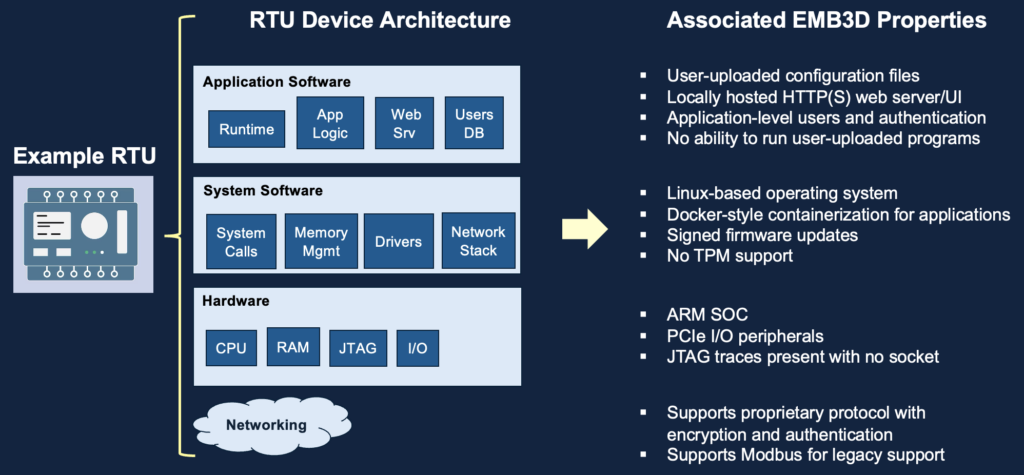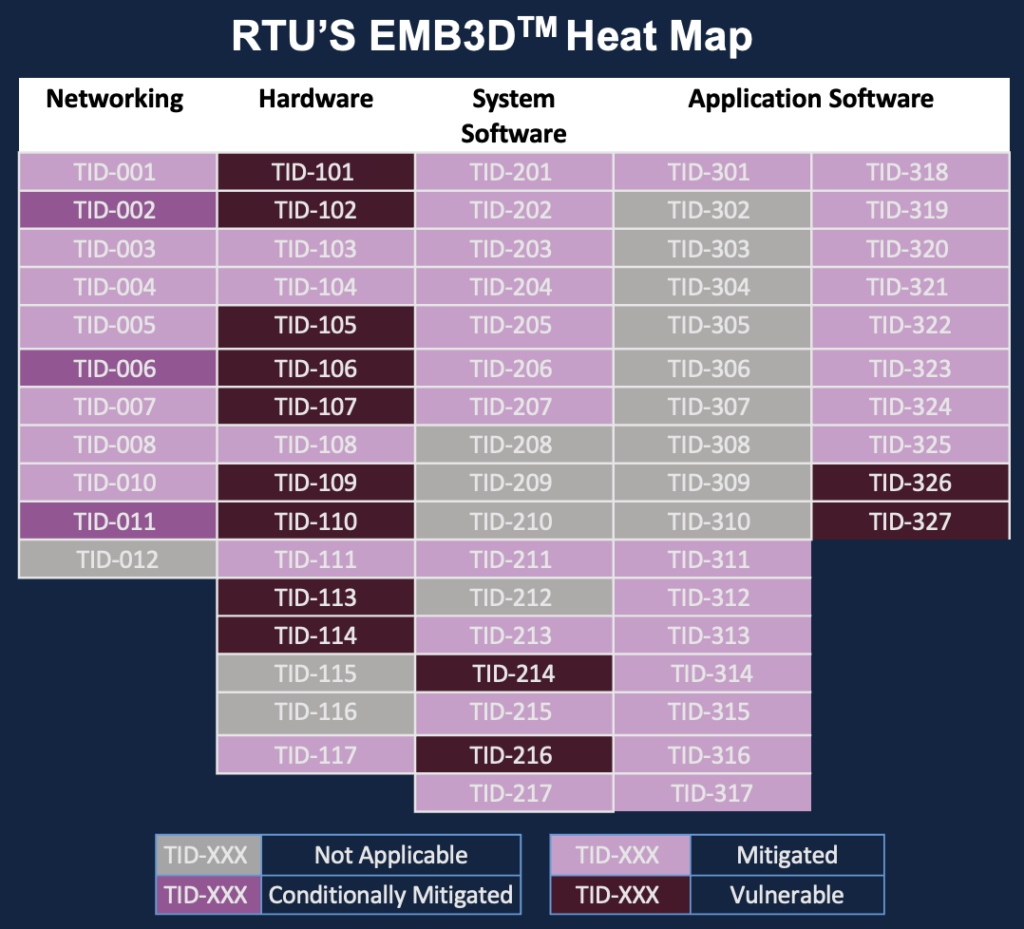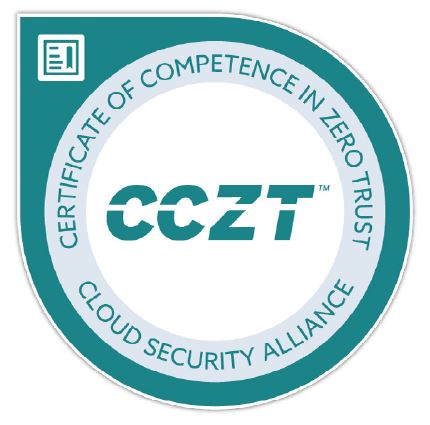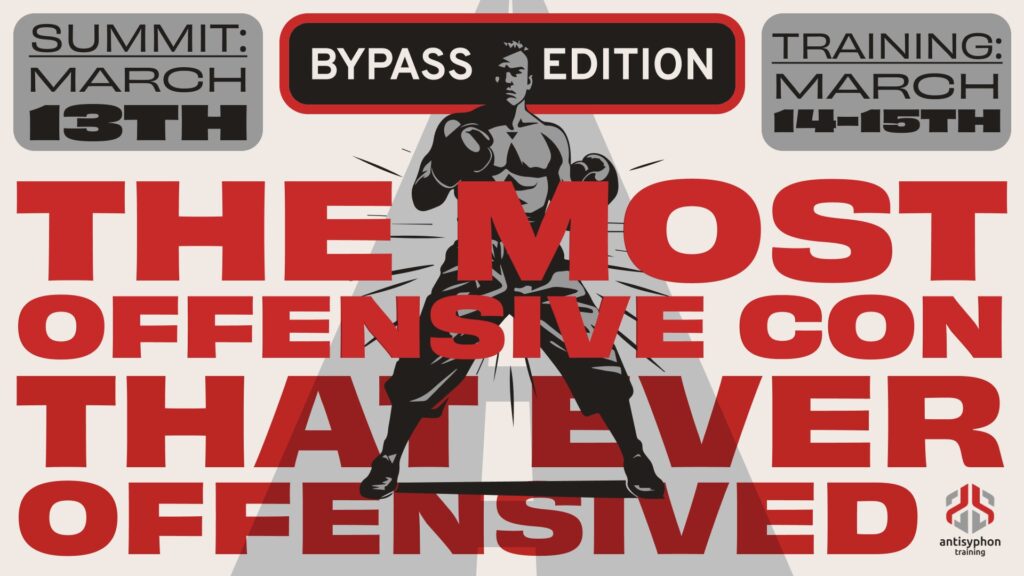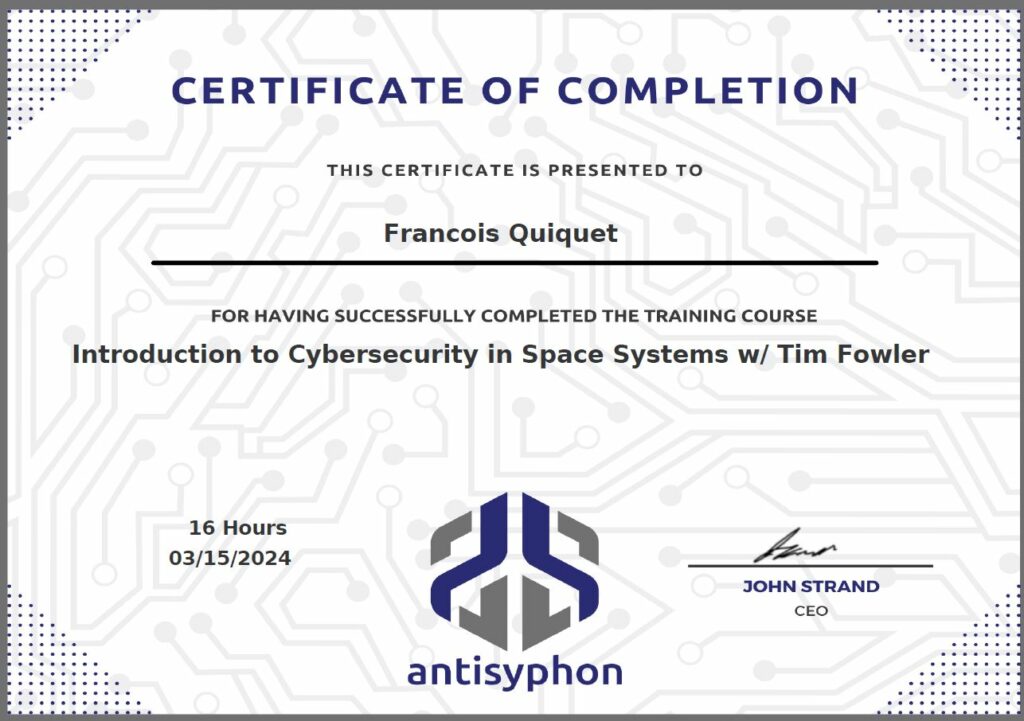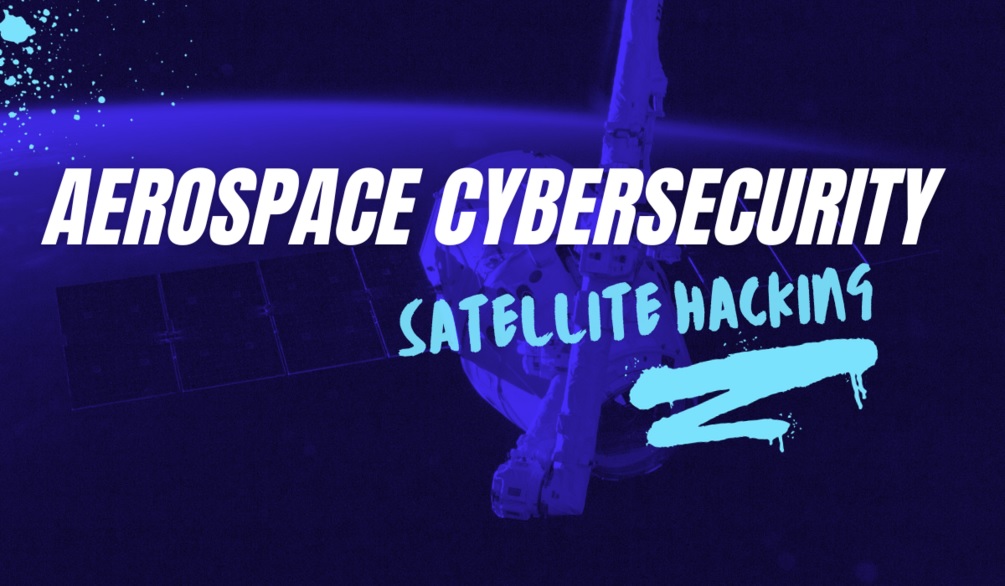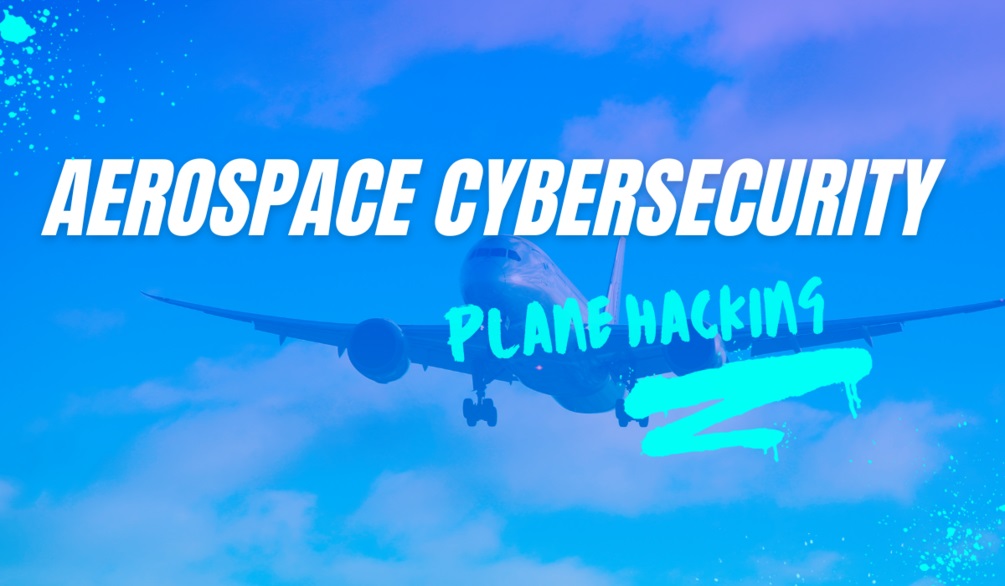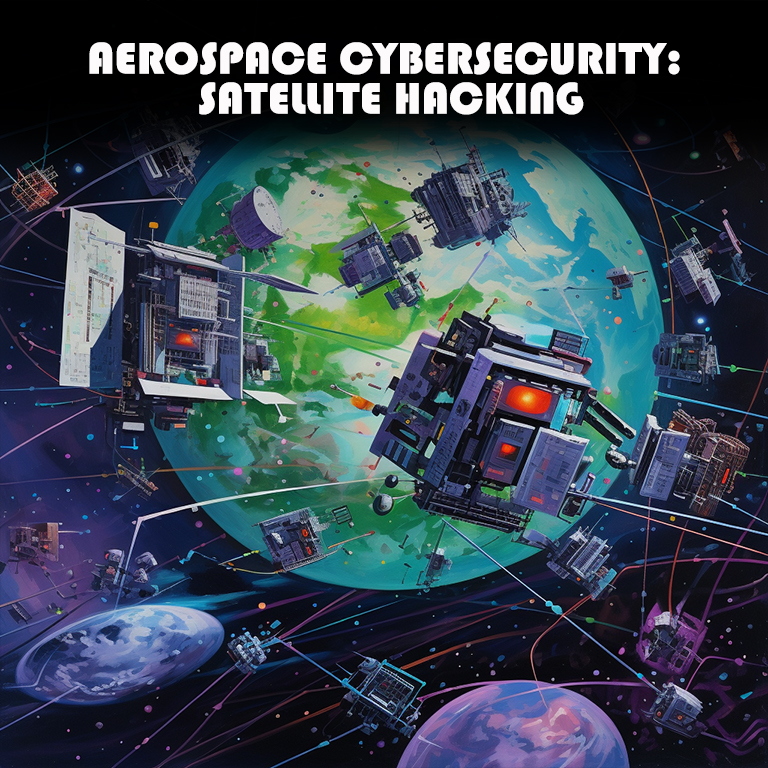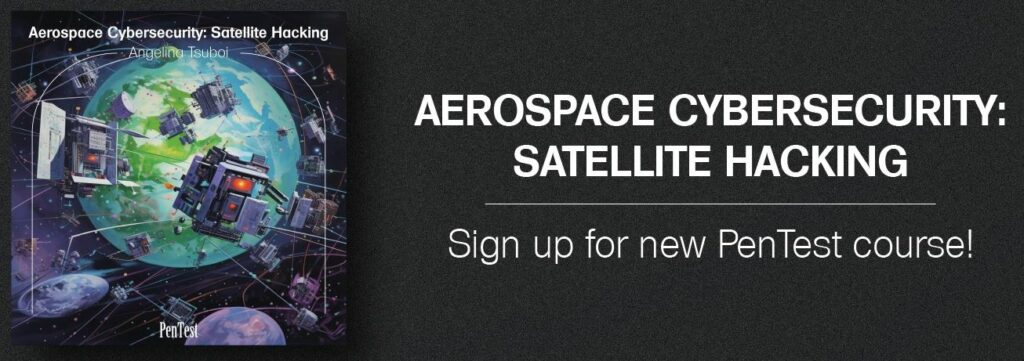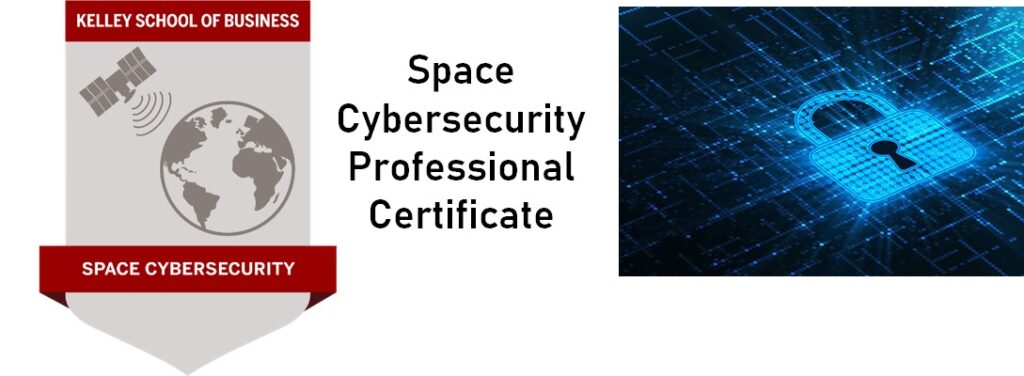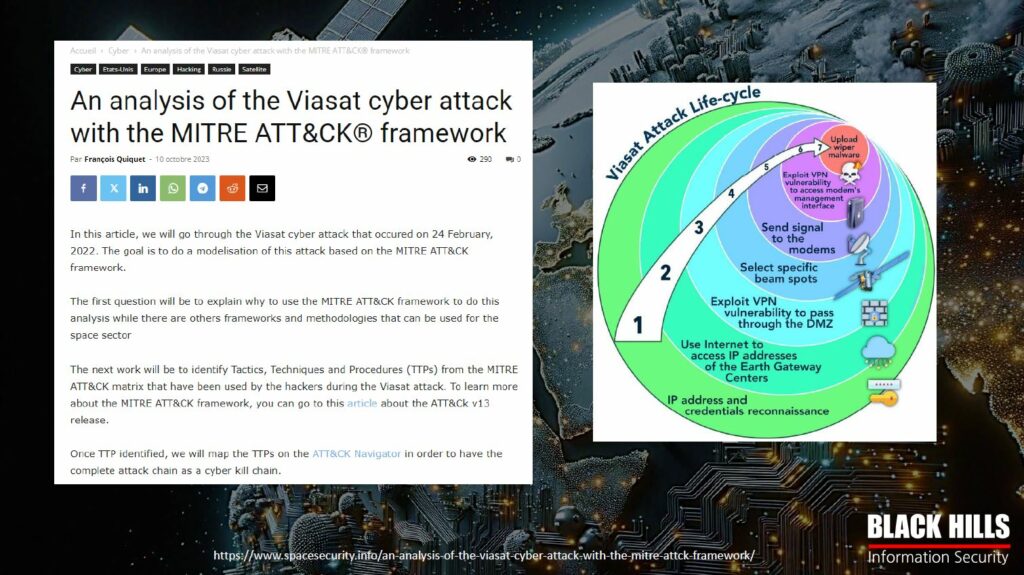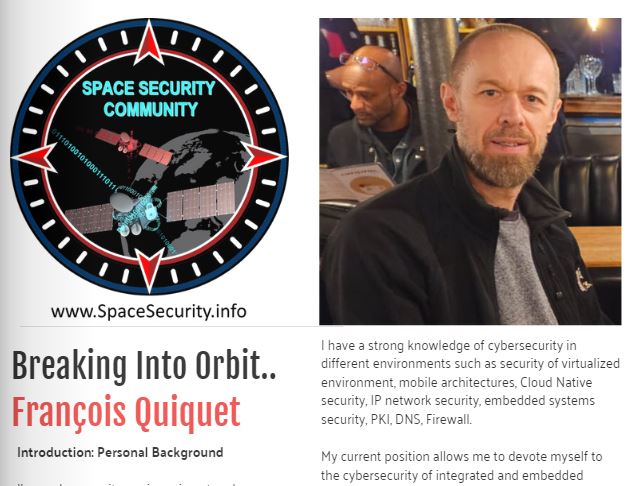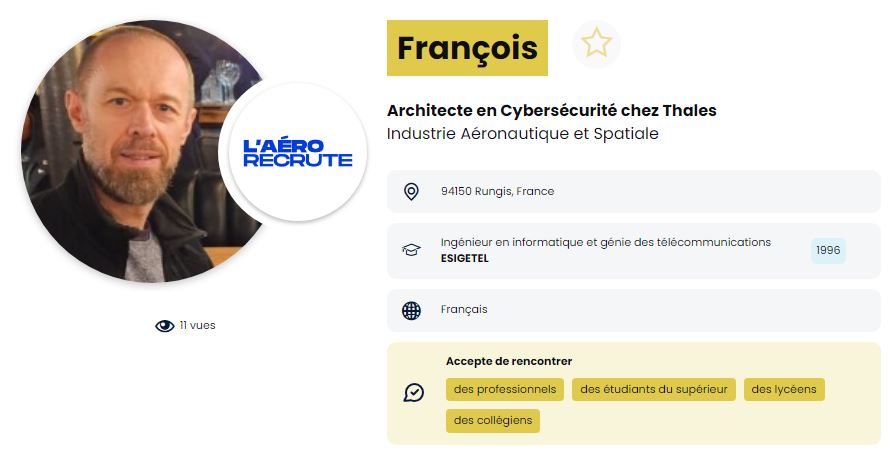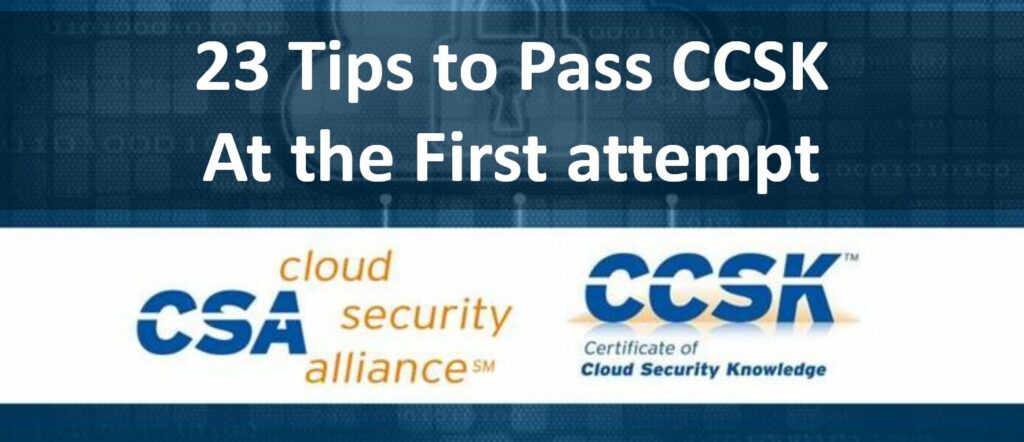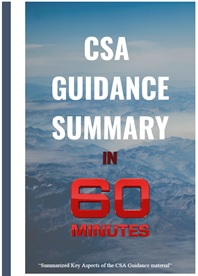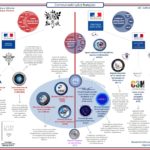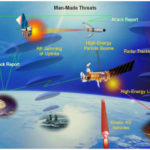Collaborative framework provides common understanding to mitigate cyber threats to critical infrastructure
MCLEAN, Va. & BEDFORD, Mass., May 13, 2024–(BUSINESS WIRE)–The EMB3D Threat Model is now publicly available at https://emb3d.mitre.org. The model provides a cultivated knowledge base of cyber threats to embedded devices, providing a common understanding of these threats with the security mechanisms required to mitigate them. The model is the result of a collaborative effort by MITRE, Niyo Little Thunder Pearson, Red Balloon Security, and Narf Industries.
“The diverse perspectives and invaluable insights shared have fortified our approach, ensuring a robust and effective solution to address the evolving challenges in embedded device security.”
EMB3D model strengthened by peer reviews from infrastructure industries
After the model garnered significant interest for peer review across diverse industries, numerous organizations piloted the threat model, offering invaluable feedback. The EMB3D team appreciates the interest and feedback from vendors and integrators across many industries, including energy, water, manufacturing, aerospace, health, and automotive, as well as researchers and threat tool vendors. This ongoing collaborative effort has been instrumental in refining and enhancing the model’s content and usability. The team looks forward to continued collaboration to strengthen the ability of the model to enable “secure by design.”
“Our framework’s strength lies in the collaborative efforts and rigorous review process across industries,” said Yosry Barsoum, vice president and director, Center for Securing the Homeland at MITRE. “The diverse perspectives and invaluable insights shared have fortified our approach, ensuring a robust and effective solution to address the evolving challenges in embedded device security.”
Leveraging established models to strengthen embedded device security
EMB3D aligns with and expands on several existing models, including Common Weakness Enumeration, MITRE ATT&CK®, and Common Vulnerabilities and Exposures, but with a specific embedded-device focus. The threats defined within EMB3D are based on observation of use by threat actors, proof-of-concept and theoretical/conceptual security research publications, and device vulnerability and weakness reports. These threats are mapped to device properties to help users develop and tailor accurate threat models for specific embedded devices.
For each threat, EMB3D suggests technical mechanisms that vendors should build into the device to mitigate the given threat. EMB3D is a comprehensive framework for the entire security ecosystem—device vendors, asset owners, security researchers, and testing organizations.
Associated mitigations
Each threat includes mitigation guidance, these often have varying efficacies and challenges with their implementations.
Mitigation tiers are intended to help device vendors/OEMs better understand how to assess the challenge of deploying mitigations and better strategize and prioritize efforts to add additional mitigations or technologies to address threats.
ISA/IEC 62443-4-2 Mappings
ISA is the International Society of Automation. ISA/IEC 62443 is the applicable standard for cybersecurity of OT and ICS (IACS).
Each associated mitigation is mapped with the ISA/IEC 62443-4-2.
An evolving framework for a dynamic threat landscape
EMB3D is intended to be a living framework, where new threats and mitigations are added and updated as new threat actors emerge and security researchers discover new categories of vulnerabilities, threats, and security defenses. EMB3D is a public, community resource where all information is openly available and the security community can submit additions and revisions.
For more information, visit https://emb3d.mitre.org.
About MITRE
MITRE’s mission-driven teams are dedicated to solving problems for a safer world. Through our public-private partnerships and federally funded R&D centers, we work across government and in partnership with industry to tackle challenges to the safety, stability, and well-being of our nation. Learn more at mitre.org.
View source version on businesswire.com: https://www.businesswire.com/news/home/20240513302654/en/
Contacts
Sarah Lytle, media@mitre.org


